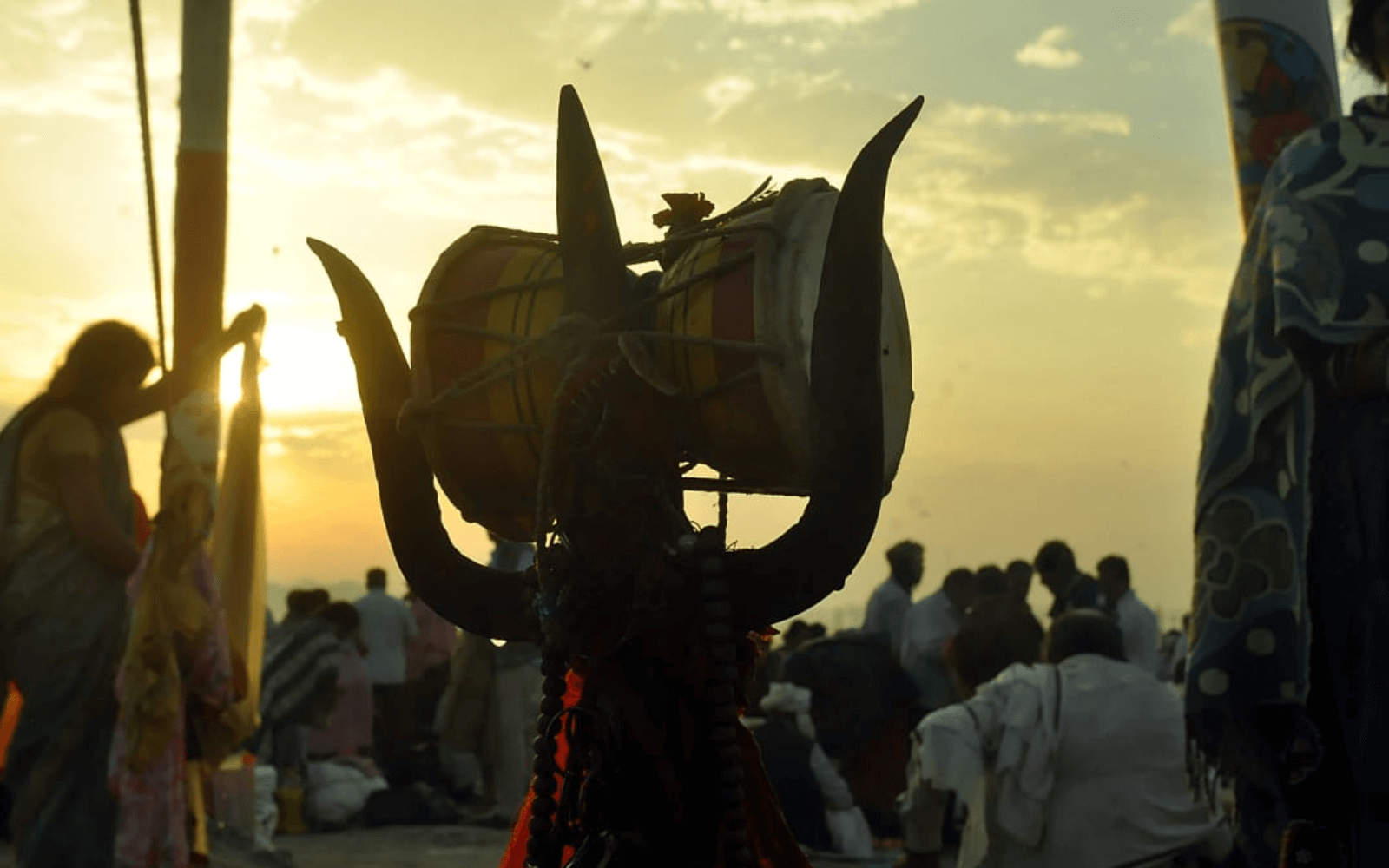Everything You Need to Know About the Kumbh Mela in India: When, Where, and Why It’s Celebrated
One of the most famous religious events in the world, the Kumbh Mela in India draws millions of pilgrims, saints, and visitors. In Hindu tradition, Prayagraj, Haridwar, Nashik, and Ujjain are the four sacred sites where this event is celebrated. It is more than just a holiday; it is a synthesis of tradition, devotion, and faith. However, the Kumbh Mela is celebrated when, where, and why.
When Does India Celebrate the Kumbh Mela?
The Sun, Moon, and Jupiter’s alignment determines the special celestial timetable for the Kumbh Mela. Each of the four sites celebrates it once every twelve years, with minor celebrations known as Ardh Kumbh and Purna Kumbh taking place in between.
Also Read : Why the Maha Kumbh Mela Happens Every 12 Years: Unraveling the Mystery
Every twelve years, Prayagraj (Allahabad) commemorates the Maha Kumbh at the meeting point of the Yamuna, Ganges, and the legendary Saraswati.
Haridwar: When Jupiter moves into Aquarius and the Sun moves into Aries, the sacred Ganga hosts the Kumbh Mela.
Nashik: When Jupiter and the Sun align in Leo, the Kumbh Mela takes place on the banks of the Godavari.
Ujjain: By the Shipra River, this city commemorates the Sun’s entry into Aries and Jupiter’s entry into Leo.
Where Does India’s Kumbh Mela Take Place?
1. Prayagraj: The Triveni Sangam, the confluence of three rivers, is regarded as the most sacred location for spiritual purification.
2. Haridwar: Located in the Himalayan foothills, this place represents cleanliness and holiness as it is where the Ganges River emerges onto the plains.
3. Nashik: Known as the “Ganga of the South,” the Godavari River provides a calm yet potent spiritual ambience.
4. Ujjain: A centre of Shaivism and spiritual energy, Ujjain is well-known for the historic Mahakaleshwar Temple.
Why is it that people celebrate the Kumbh Mela?
Hindu mythology more especially, the tale of the Samudra Manthan, or the churning of the ocean of milk is the source of the Kumbh Mela in India. In order to harvest the nectar of immortality (amrita), the gods and devils churned the seas during this heavenly event. Drops of the nectar dropped at the four previously specified spots as the celestial Garuda carried it, rendering them sacred.
During the Kumbh Mela, bathing in these rivers is thought to atone for sins, bring about moksha (freedom), and bring one’s soul into harmony with the energy of the cosmos.
The Cultural and Spiritual Importance
The Kumbh Mela is a celebration of India’s spiritual depth and cultural richness, not only a religious occasion. By taking part in rituals, discussions, and cultural events, pilgrims and saints foster a sense of community spirituality.
Important Kumbh Mela Rituals: Holy Dips (Snan): The most famous rite, in which followers take a bath in a holy river to cleanse their spirits.
Akharas’ Processions: Monastic orders showcase their fighting skills and traditions.
Satsangs and Bhajans: Devotional music and spiritual talks infuse the atmosphere with divine energy.
Making Travel Plans to India for the Kumbh Mela
Preparation is essential if you intend to attend the **Kumbh Mela in India**. Because the event draws millions of people, make reservations for lodging well in advance. To guarantee a hassle-free experience, familiarise yourself with the timetable, routes, and safety regulations.
The Kumbh Mela is more than simply an occasion; it’s a chance to experience India’s rich culture, observe a living tradition, and develop a spiritual connection.
